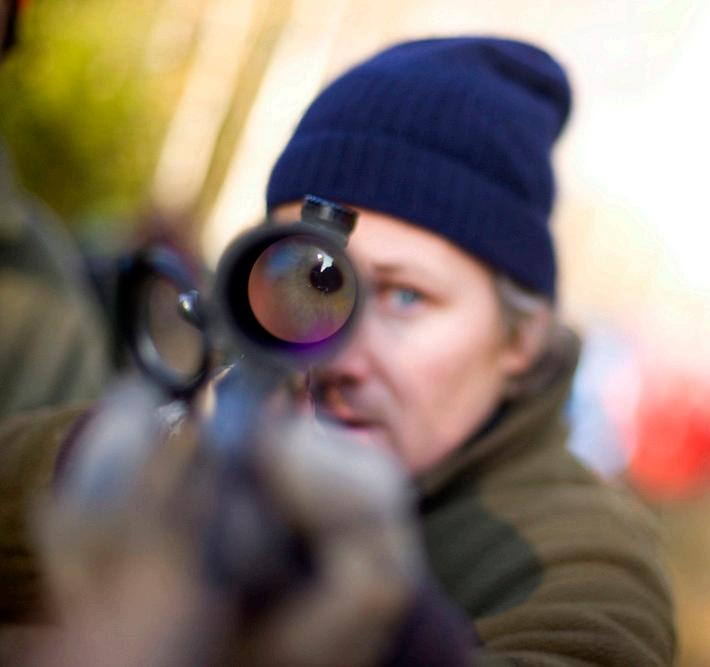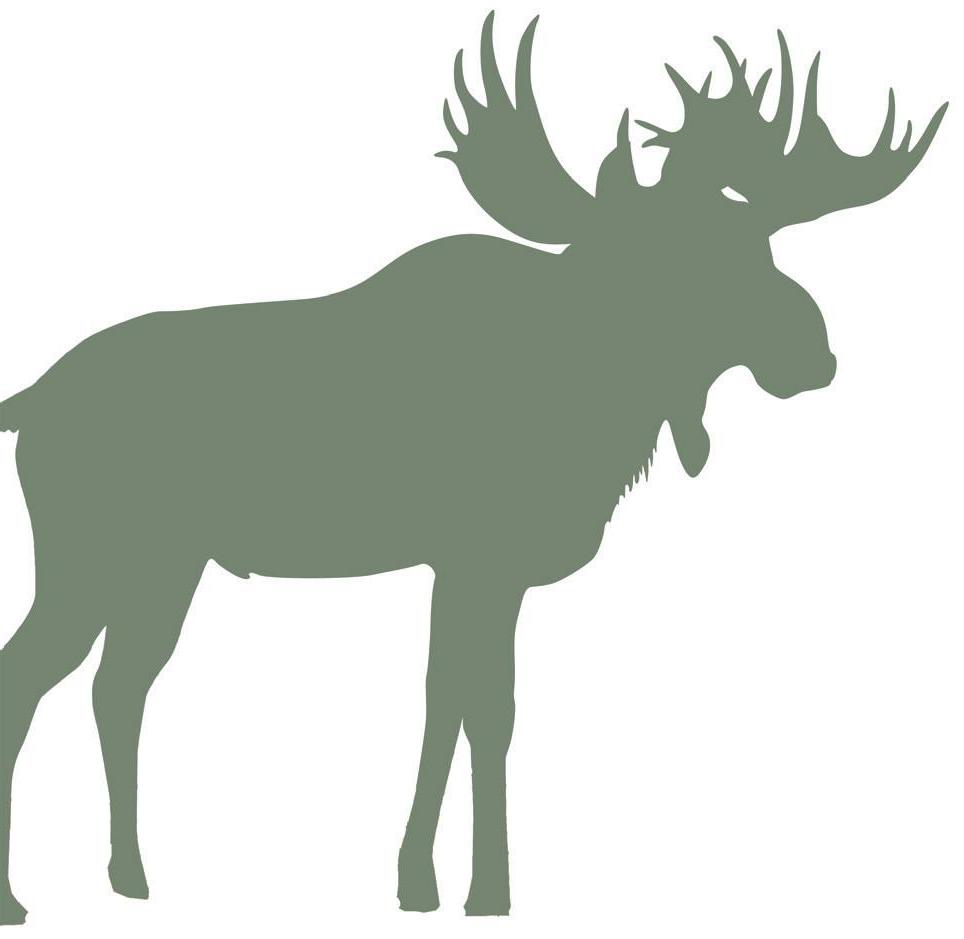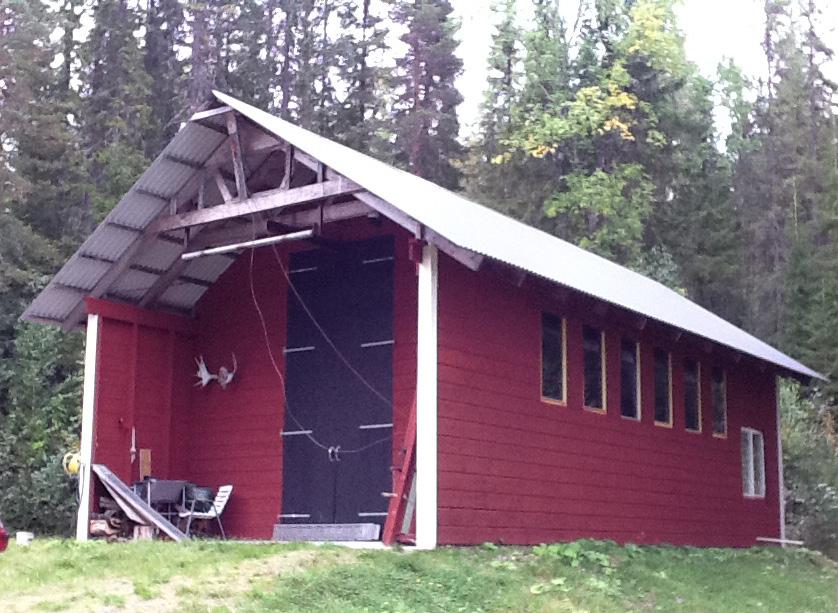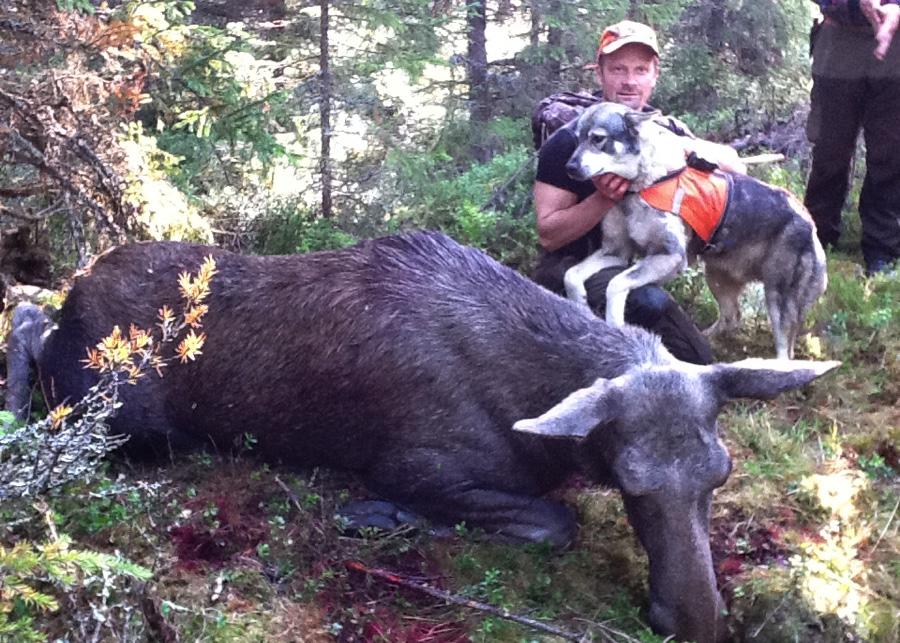
5 minute read
Features Moose Hunting Odyssey in the pine forests of Jämtland
MOOSE HUNTING ODYSSEY IN THE PINE FORESTS OF Photo credit: Lubbe Garell (lubbegarell.se)
JÄMTLAND I ndeed, the tradition of moose hunting lies deep in the Swedish psyche. Each year approximately By Susan Holmberg 300,000 licensed hunters comb the vast forests of Sweden to cull one third of the country’s Any visitor to Sweden over the 350,000 moose. The practical purpast twenty years is likely to poses of the hunt are to protect the pine forests from damage caused by have noticed representations the moose and to provide moose meat of the moose (älg) as a key for personal use (one moose can feed symbol of Sweden. Whether a family for a very long time) and comin the form of soft fuzzy dolls, mercial sale. Hunters work in teams ranging from about 7 to 25 members wooden sculptures or graphic and practice the traditional Swedish design, the Swedish moose is method of dog-assisted hunting. It is a omnipresent. In the 1980s, time-honored tradition that retains its German tourists were so eager to ”capture” moose crossing meaning and relevance in contemporary society. road signs that it became a bit of a problem. Production of souvenir road signs and other moose paraphenalia seem to As a relatively new citizen of Swehave stemmed the tide of den, I hadn’t observed this venerable moose sign theft, but the tradition until this year, when I was ofspririt of the moose lives on fered a unique window into the world in the minds of tourists and, of moose hunting with Magnus Persson in the central forests of Jämtland. more importantly, Swedes The moose season opened in early themselves. September, but Magnus’ team waited


until the second week before gathering at their lodge near the small village of Strömsnäs, where Magnus lives and works as a forest manager for the company owning the land on which the hunt wiill take place.
Magnus knows every inch of this territory. He and his relatively small team of seven men have been hunting together since 1998. They just completed the design and construction of a stunningly attractive, almost church-like, slaughterhouse. With its large side windows to help regulate heat and light, it looks quite poetic in the landscape.
Although I have no hunting experience, I found myself impressed and strangely comforted by this slaughterhouse.
Maybe it had something to do with the people who built it?
Brand new slaughterhouse initiated this season. Photo credit: Susan Holmberg

Magnus is a soft-spoken and serious man who clearly loves his forest, his hunting and his dogs. The latter are a special breed of hunting dog called “jämthundar” or Jämtland dogs. To a layman they look like gray German shepards with a bit of Husky. Without the dogs, I was told, hunting in the northern forests of Sweden would be impossible.
The rest of the team – Anders, Bernt, Karl-Ivar, Erik, Jakob and Martin – have worked with or are related to Magnus in some way. Half are older and retired, the others are their sons and sons-in-law. It was an inspring combination of experience and learning across generations. Each member had paid the same portion – about $900 – of the overall hunting fee set by the land owners according to regional regulation.
The hunt began on Saturday afternoon with a formal meeting addressing budget, membership, relevant news and hunting strategy for the week. It was agreed that a maximum of 9 to 12 moose should be culled depending on how many calves were caught with their mothers (the more calves, the more adults).
The plan was to begin at 5:30 a.m. Sunday morning. Examining a detailed map of the terrain featuring all of the sitting posts, the group agreed where each person would position themselves. An early night and an early start were next on the agenda.
A text message arriving at 7 a.m. said that Magnus had shot the first moose, a young adult female. We headed to the site and the team quickly gutted the dead moose, loaded it onto a motorized transporter and towed it up to the slaughterhouse. The same procedure occurred with a second moose, a young adult male, shot shortly after the first. At the slaughterhouse, more precision teamwork ensued. The moose were fully skinned and hung in protective bags within a couple of hours. By early lunchtime everyone could sit down for coffee and sandwiches.
Magnus with his dog and the first moose of the 2013 season. Photo credit: Susan Holmberg
The main topic of conversation was the unseasonably warm weather and how this affected the hunt and the processing of the meat. The warm weather meant that afternoon hunts were not possible due to the tiring effect on the dogs. It also meant that the meat could only hang for a few days before being butchered. The rule of thumb is six days at an average outdoor temperature of 10 degrees celcius. Because temperatures were soaring at nearly 20 degrees, this meant that the carcases should only hang for three days before being cut and divided among the team. As with all aspects of the hunt, the distribution of meat among team members is an important and strictly regulated activity. Everyone gets the same amount and the same quality.

At the end of week I learned that the team had caught a total of six moose and that everyone had received their supply of moose meat.
What impressed me the most during my short glimpse into the world of Swedish moose hunting was the high level of responsibility and teamwork, along with the genuine pleasure that team members seem to get from the experience itself. These are not trophy hunters or macho men on a good-time safari. They have taken exams in hunting and equipment use, they have served first as guests and then as members of the team, and they have paid dues through planting trees as part of their obligation.
They share the burdens and rewards of the hunt, and perhaps most impressive of all, they treat each other and their environment with an impressive and genuine respect. It was clear to me that the tradition of moose hunting is alive and well in Sweden.









